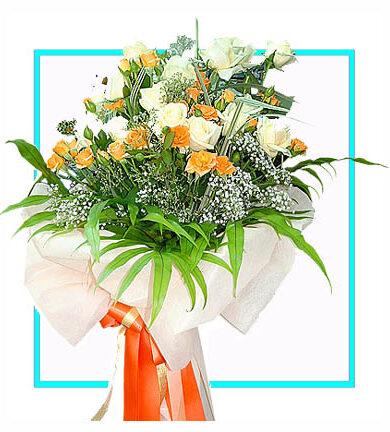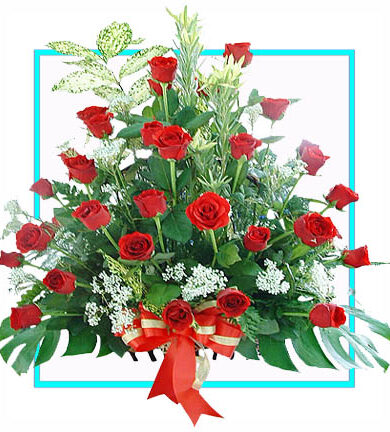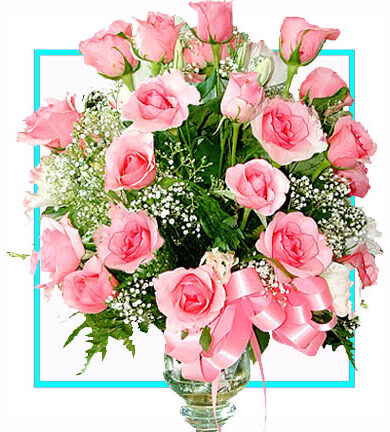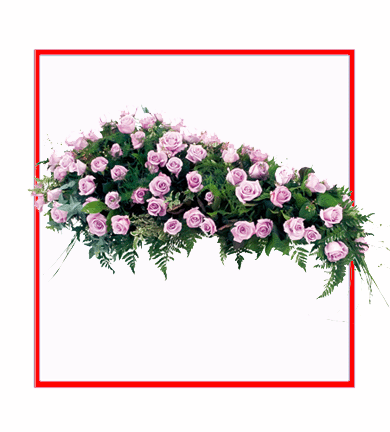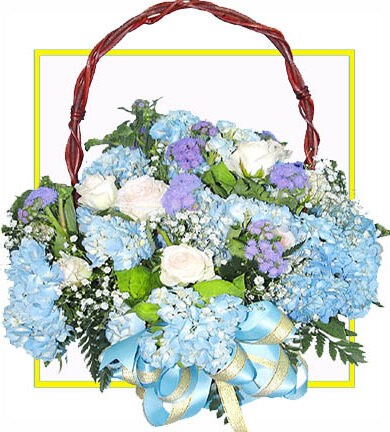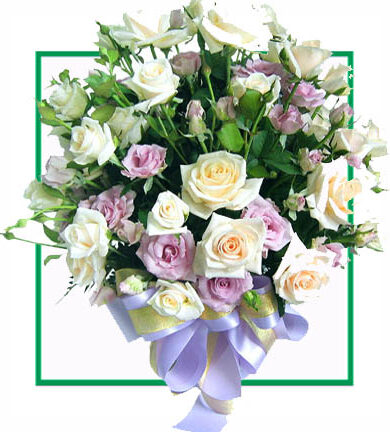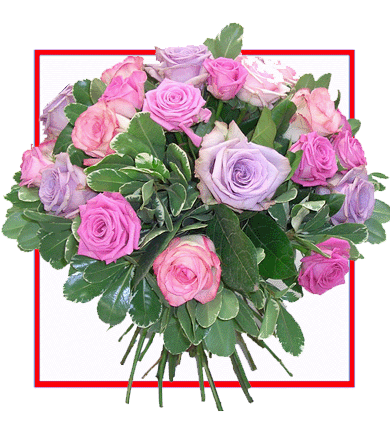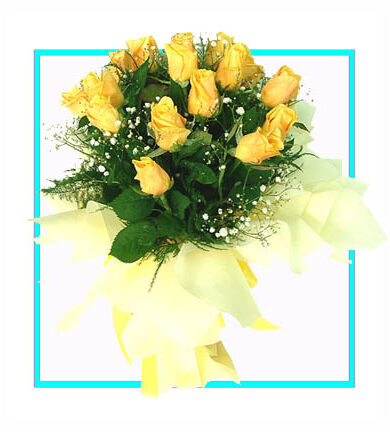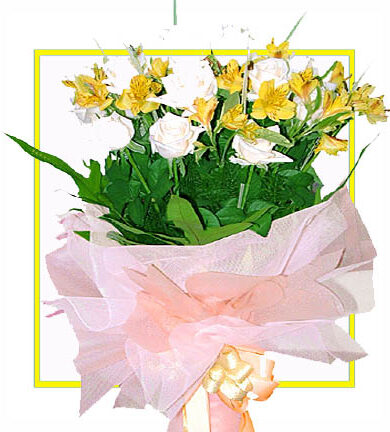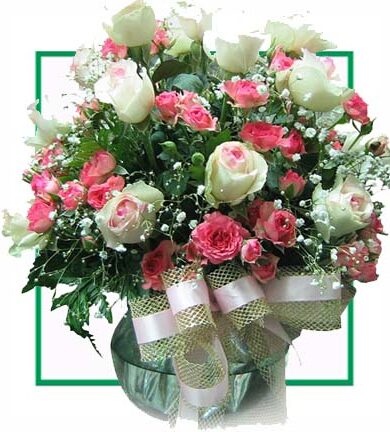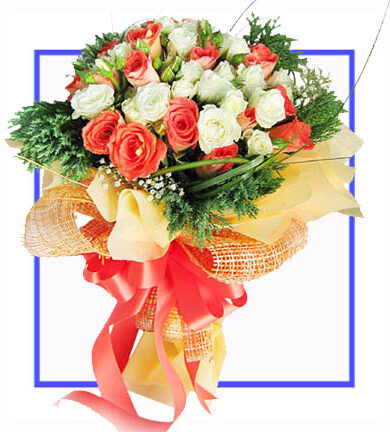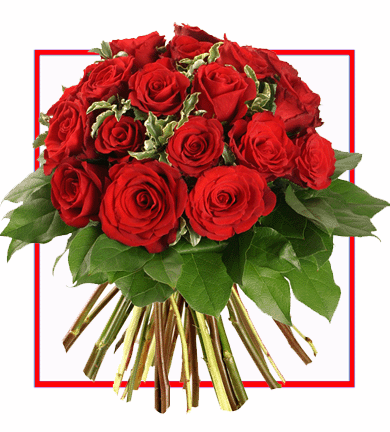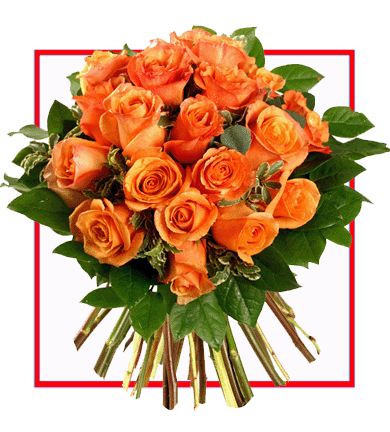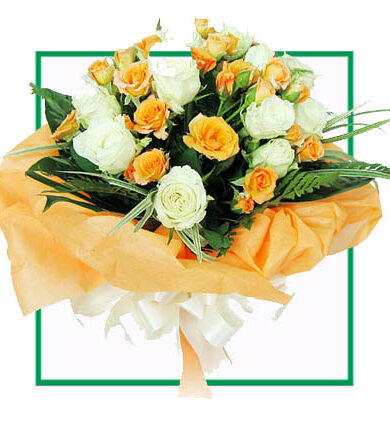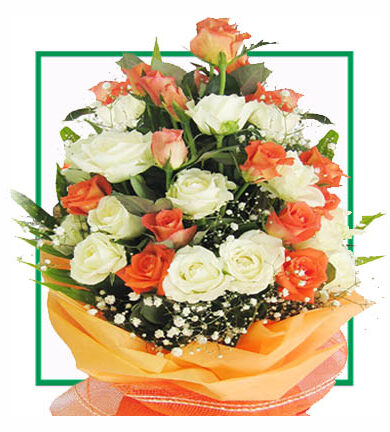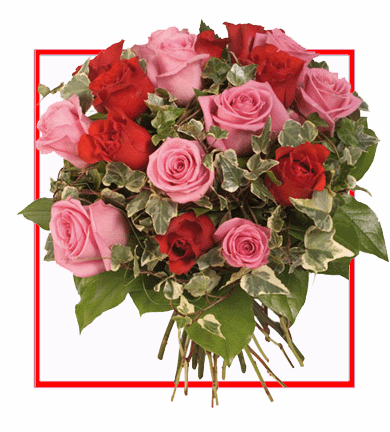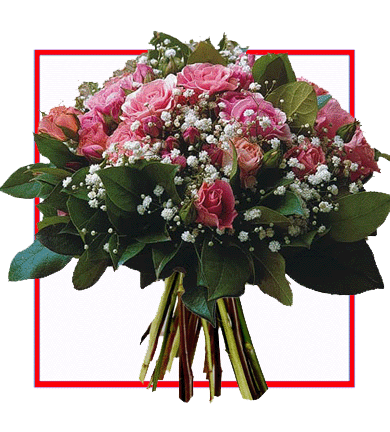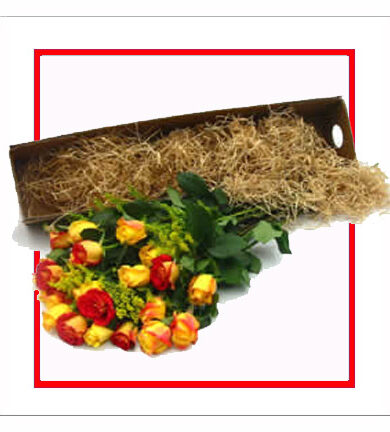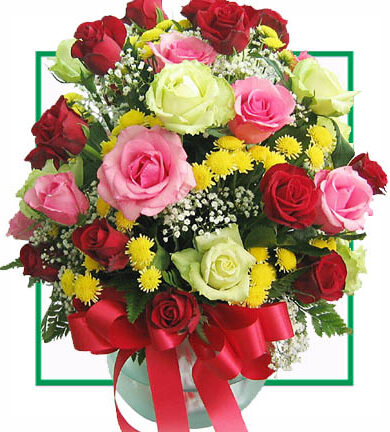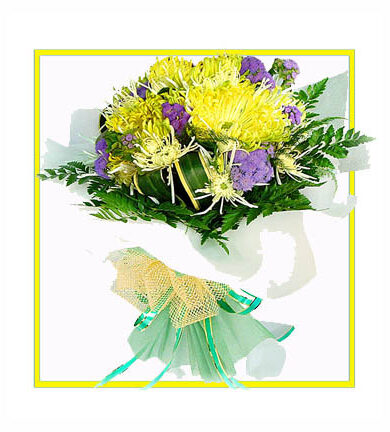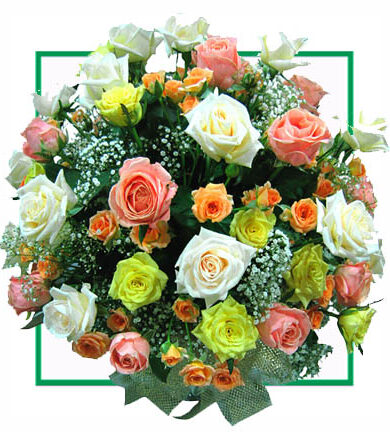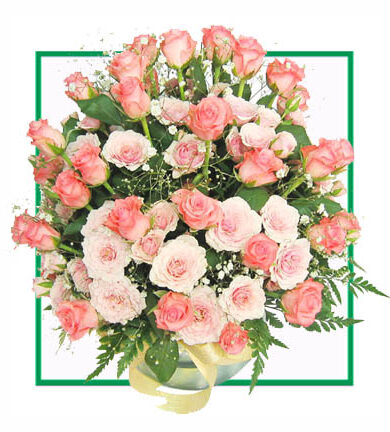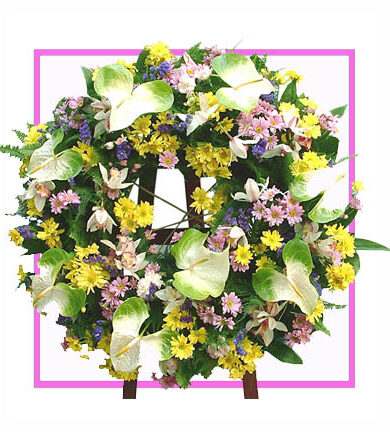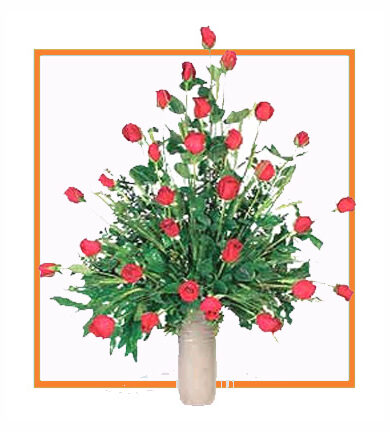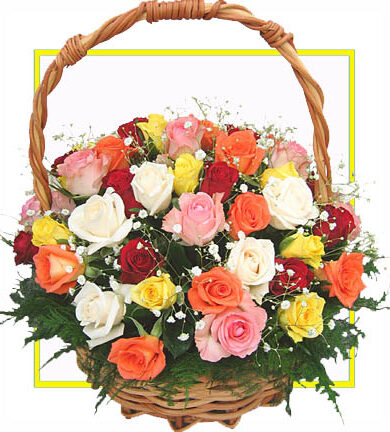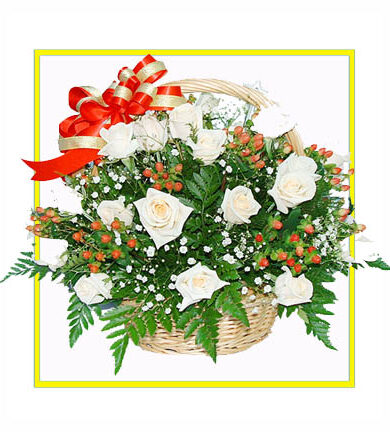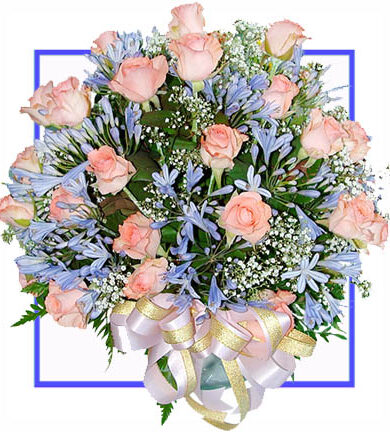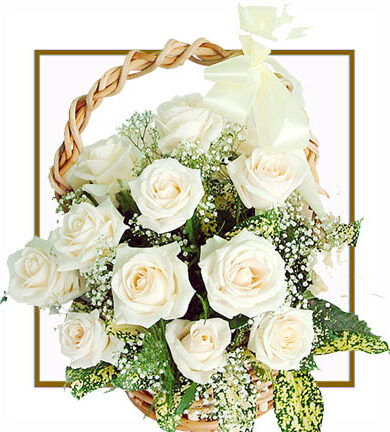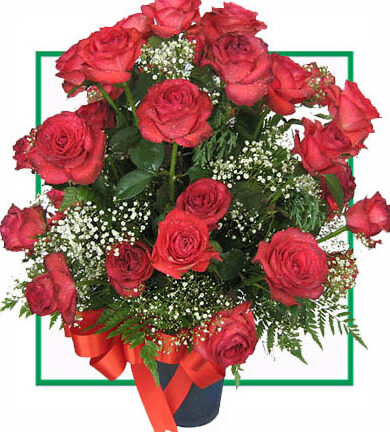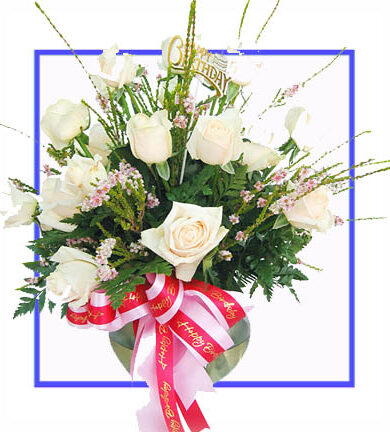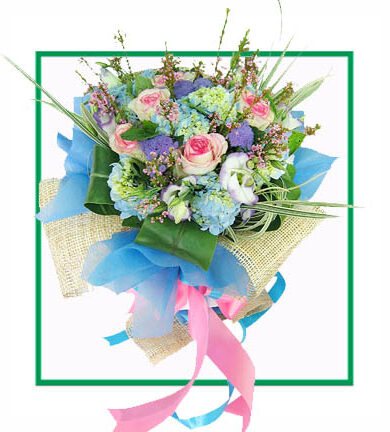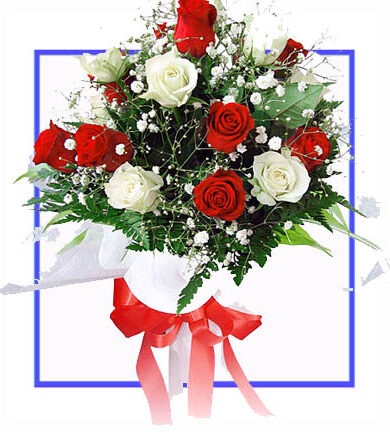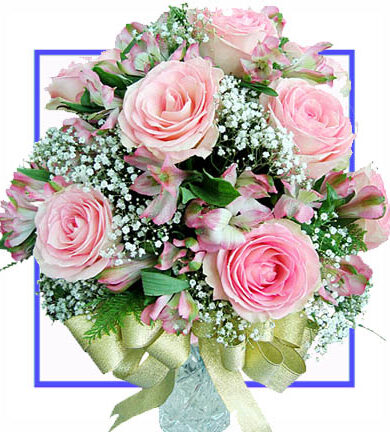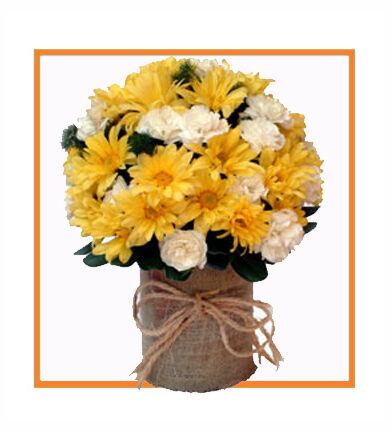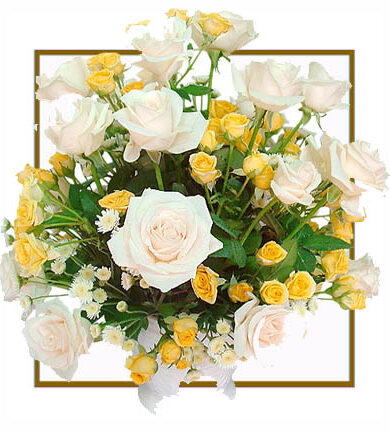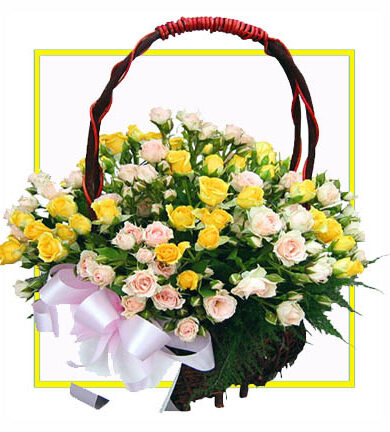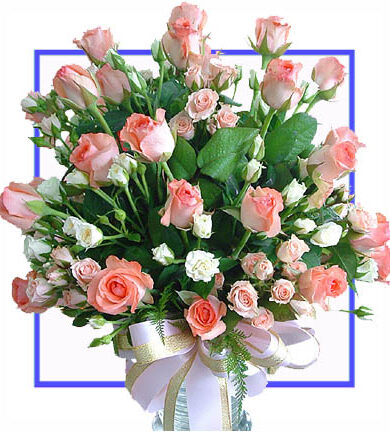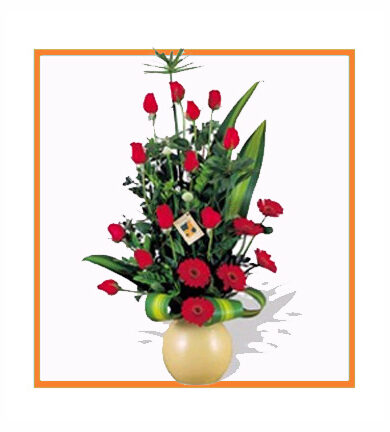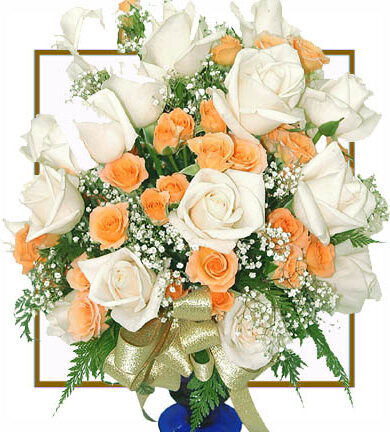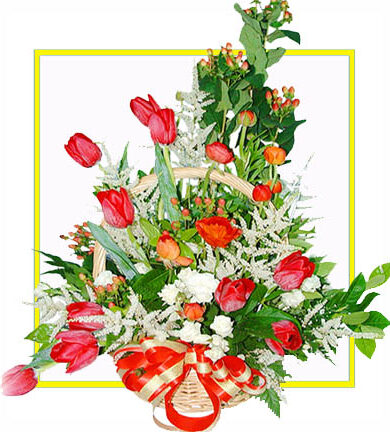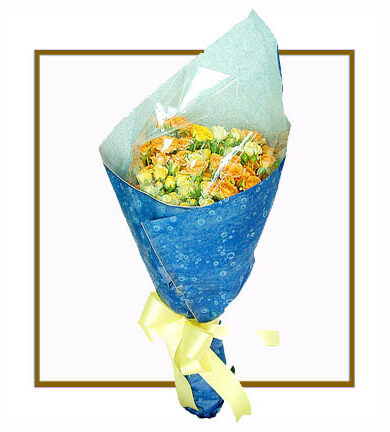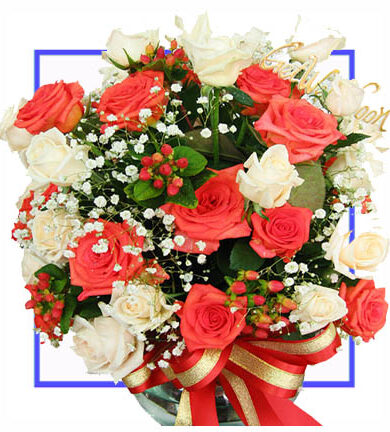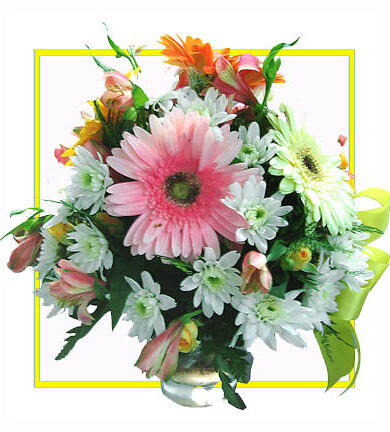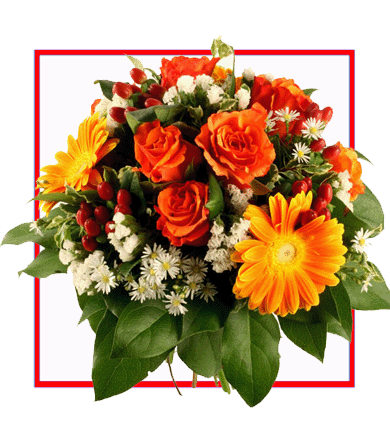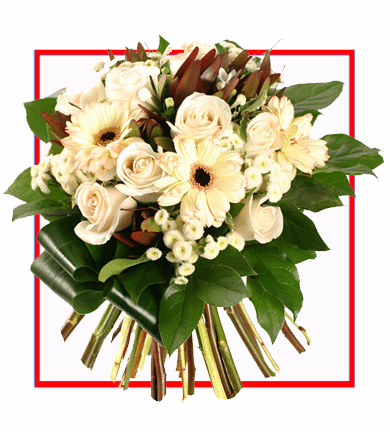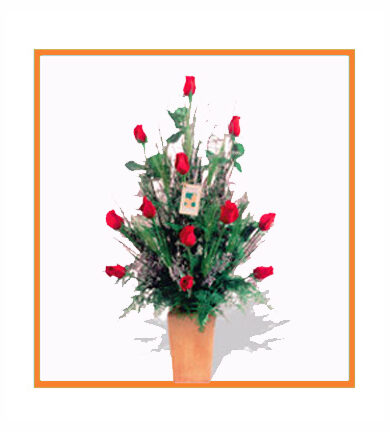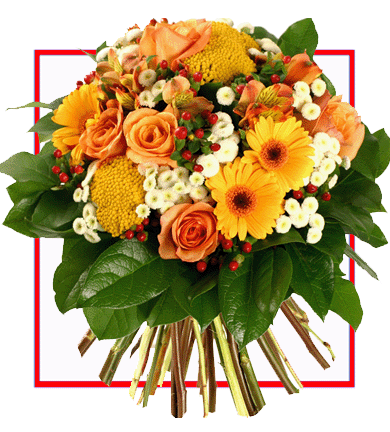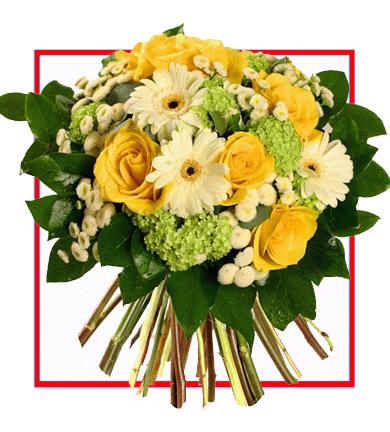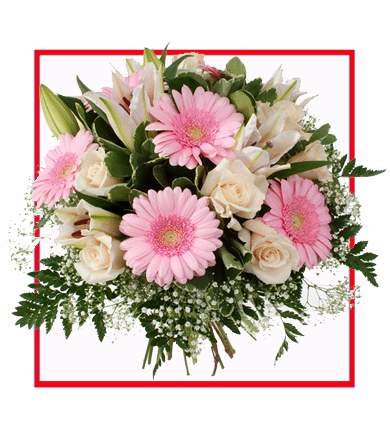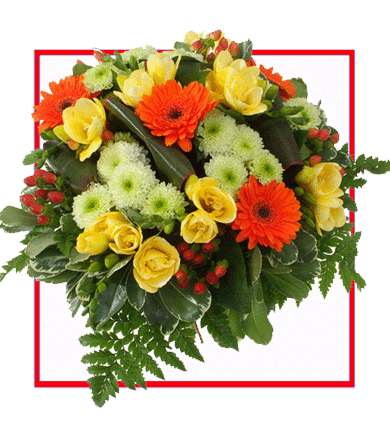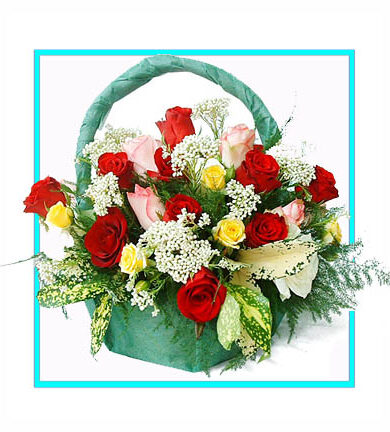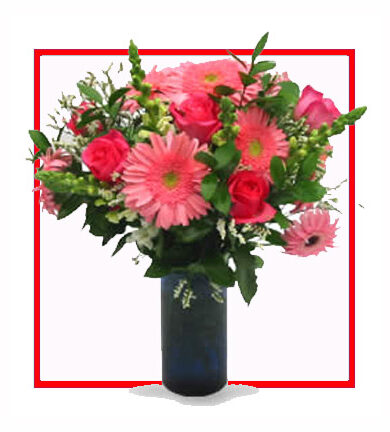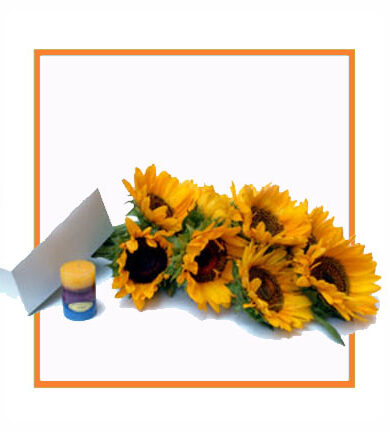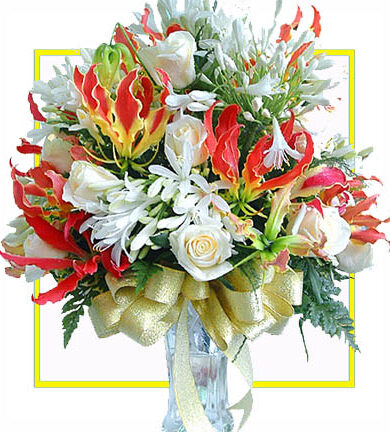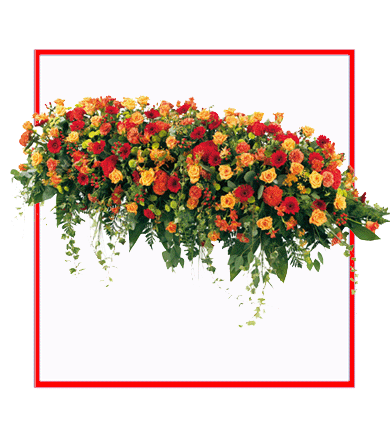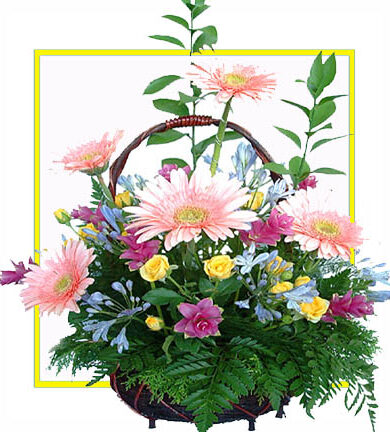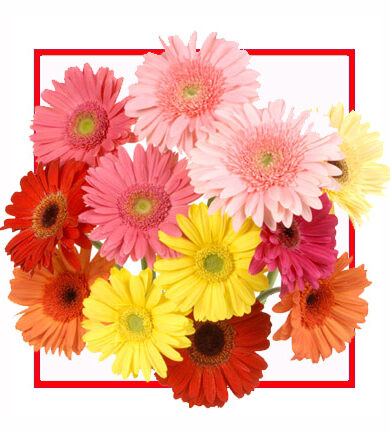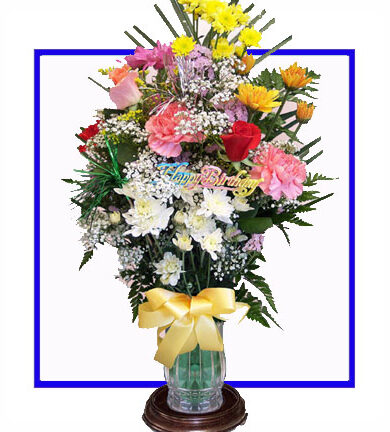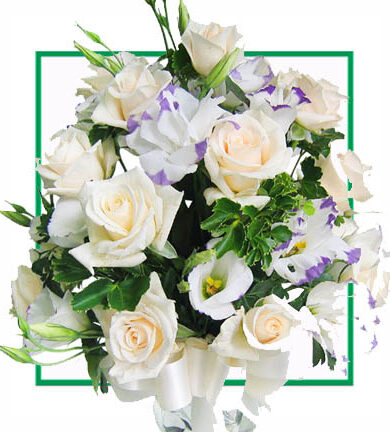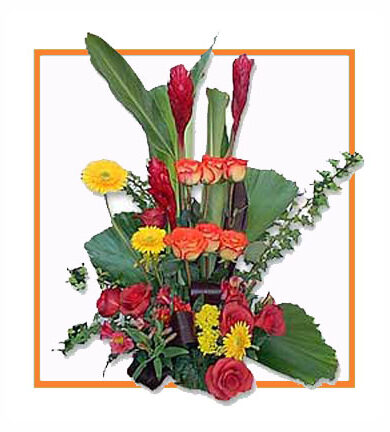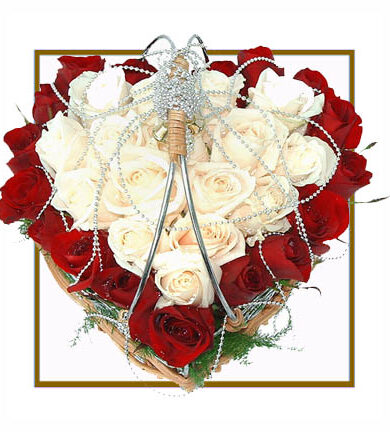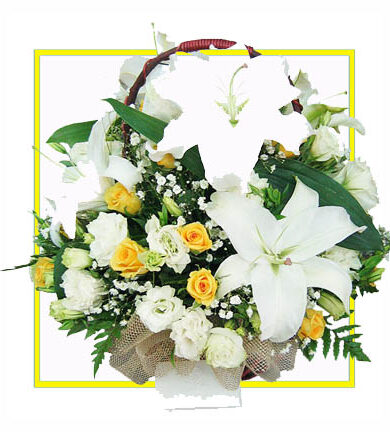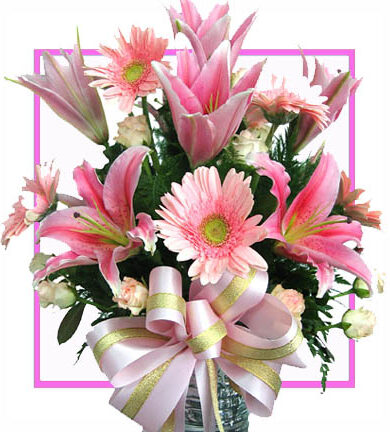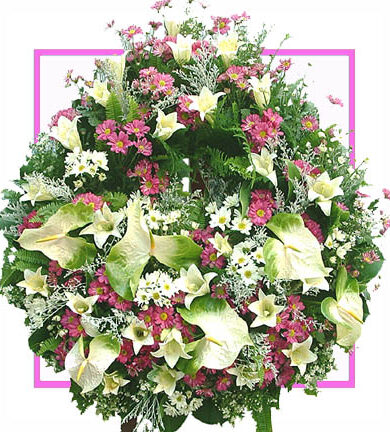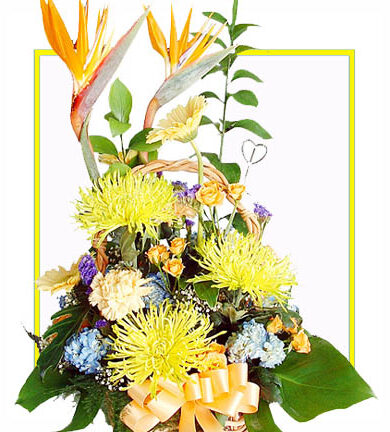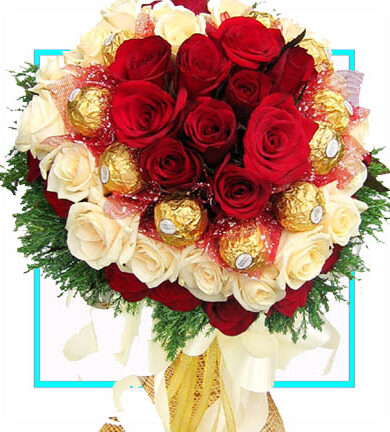Baner, Balewadi and Pashan in the northwest; Bavdhan and Warje in the west; Wadgaon Budrukh in the southwest; Katraj, Wanawadi, NIBM,Lullanagar, Kondhwa, Undri and Mohammedwadi in the southeast; Hadapsar, Mundhwa and Manjri in the east; Kharadi in the northeast; Dhanori and Kalas to the north. |
Blades of Glory, India’s first cricket museum, is based out of Pune. Run by Rohan Pate, a former Maharashtra Under-19 cricketer, inaugurated during IPL V by Sachin Tendulkar and located in the quaint Sahakar Nagar. |
Both public and private transport are popular in Pune. Public buses within the city and its suburbs are operated by the Pune Mahanagar Parivahan Mahamandal Limited (PMPML). The PMPML operates the Pune Bus Rapid Transit system, the first of its kind in India, in which dedicated bus lanes were supposed to allow buses to travel quickly through the city. In reality the project has turned out to be a failure receiving little to no patronage from the local citizenry. Maharashtra State Road Transport Corporation runs buses from its main stations in Shivajinagar, Pune station and Swargate to all major cities and towns in Maharashtra and neighbouring states. Private companies too run buses to major cities throughout India. |
Cell phone coverage is extensive, and the main service providers are Vodafone, Airtel, BSNL Mobile, Reliance GSM, Reliance CDMA, Idea Cellular, Tata DoCoMo GSM, Tata DoCoMo CDMA, Aircel and Uninor. |
Central Pune is located at the confluence of the Mula and Mutha rivers. The Pavana and Indrayani rivers, tributaries of the Bhima river, traverse the northwestern outskirts of metropolitan Pune. |
Copper plates dated 858 AD and 868 AD show that, by the 8th century, an agricultural settlement known as Punnaka existed where Pune is today. The plates indicate that this region was ruled by the Rashtrakuta Dynasty. The Pataleshwar rock-cut temple complex was built during this era. |
Cricket is played between clubs affiliated with the Maharashtra Cricket Association, which maintains a domestic cricket team (the Maharashtra cricket team). This team, one of three based in the state of Maharashtra, competes in interstate matches and leagues, such as the Ranji Trophy. Jawaharlal Nehru Stadium, is where National and One Day International matches take place. It has been named after the First Prime Minister of Independent India, Pandit Jawaharlal Nehru. |
Deccan Gymkhana, Erandwane and Shivajinagar in the west; Camp, Bund Garden and Koregaon Park in the east; Swargate, Parvati Hill, Sahakarnagar, Mukund Nagar, Maharshi Nagar, Gultekdi and Salisbury Park to the south. |
Earthquakes felt in Pune with a magnitude of more than 3.0 are listed below. |
Garware Balbhavan- It is a well known playground and a recreational center located in the heart of the Pune city. It is known for its interesting and meaningful work in the field of child development since 1985. Balbhavan is a living institute that seeks to make Pune India’s first child-centric city. |
Hinduism is the dominant religion in Pune. Many Churches, Masjids, Gurudwaras, Buddhist Viharas, Jain temples and other religious buildings are found throughout the city. The most prominent communities include Marathas, Mahars, Mali, Brahmin, Marwaris, Marwari Jains, Punjabi and Sindhi people, along with the local communities. The most prominent Hindu temple in Pune is the Parvati Temple, located on Parvati hill and visible from most of the inner suburbs. The most visited temple is likely the Chaturshringi Temple, located on the slopes of a hill in the northwest of the city. During Navratri, there is a large procession to this temple and worshippers gather from around the country to pray here. The presiding god of Pune city is the Kasba Ganpati, whose temple is found in Kasba Peth in central Pune. Sarasbaug Ganpati is also a prominent landmark in Pune. |
Hinduism, Sikhism, Islam, Buddhism and Jainism are major religions in Pune with 72.0%, 12.0%, 10.0% and 2.5% of the population following them.Christian are 2.0% And others are 1.5% 52.5% of Pune’s population is in the 15–59 years age category. Around 11% of the population is under 6 years of age. |
ILS Law College, established by the Indian Law Society, is one of the top ten law schools in India. Established medical schools such as the Armed Forces Medical College (AFMC) and Byramjee Jeejeebhoy Medical College train students from all over Maharashtra and India and are amongst the top medical colleges in India. The AFMC consistently ranks among the top five medical colleges in India. |
In 1626, Shahaji Raje Bhosale appointed Rango Bapuji Dhadphale as the administrator of Pune. He was one of the first major developers of the town, overseeing construction some Peths in Pune like the Kasba Peth, Somwar Peth, Raviwar Peth and Shaniwar Peth. After the destruction of the town in raids by the Adil Shahi dynasty in 1630, and again from 1636 to 1647, Dadoji Kondadev, a military and administrative officer of Shahaji, oversaw redevelopment and construction of the area. He stabilised the revenue system of Pune and the neighbourhoods of Maval to the west of town. In addition, he developed effective methods to control disputes and enforce law and order. Construction began on the Lal Mahal palace, as Shahaji’s son Shivaji was to move there with his mother Jijabai. The Lal Mahal was completed in 1640. Jijabai is said to have commissioned the building of the Kasba Ganapati temple herself. The Ganesha idol consecrated at this temple is regarded as the presiding deity (gramadevata) of the city. |
In 1720, Baji Rao I was appointed Peshwa (Prime Minister) of the Maratha Empire, ruled by Chattrapati Shahu. He selected Pune as his base and started construction of Shaniwar Wada on the banks of the Mutha. The construction was completed in 1730, ushering in the era of Peshwa control of the city. The patronage of the Peshwas resulted in the construction of many temples and bridges in the city, including the Lakdi Pul and the temples on Parvati Hill. Bajirao Peshwa also constructed an underground aqueduct to bring water from Katraj Lake to Shaniwar Wada. The aqueduct is still operational. Pune prospered as a city during the reign of Nanasaheb Peshwe. He developed Saras Baug, Heera Baug, Parvati Hill and new commercial, trading and residential localilties. The Sadashiv Peth, Narayan Peth, Rasta Peth and Nana Peth were developed in this era. The Peshwas fell into decline after their defeat in the 1761 Battle of Panipat. In 1802, Pune was captured by Yashwantrao Holkar in the Battle of Poona, directly precipitating the Second Anglo-Maratha War of 1803–1805. During this period Sardar Apajiram Sahasrebudhe was the Kotwal of city (further adopted Kotwal as surname) |
In 1990 Pune began to attract foreign capital, particularly in the information technology and engineering industries; new businesses like floriculture and food processing started to take root in and around the city. In 1998, work on the six-lane Mumbai-Pune expressway began, the expressway being completed in 2001. IT Parks were established in Aundh, Hinjawadi and on Nagar Road. In 2008 the Commonwealth Youth Games took place in Pune, which encouraged additional development in the northwest region of the city. |
In addition to its temples, historical attractions in and around Pune include the rock-cut Pataleshwar cave temple, Aga Khan Palace, Shaniwarwada, Lal Mahal, Shinde Chhatri and Sinhagad fort. |
In July 1961, the Panshet and Khadakwasla dams broke and their waters flooded the city, destroying most of the older sections of town, facilitating the introduction of modern town planning concepts and the development of parts of Pune. The economy of the city witnessed a boom in the construction and manufacturing sectors. By 1966, the city had expanded in all directions. |
In July 2009, India’s first death due to H1 N1 occurred in Pune. Later the city became an epicentre of swine flue due to the large number of H1 N1 cases. |
In late 1896, Poona (Pune) was hit by bubonic plague; and by the end of February 1897, the epidemic was raging, with a mortality rate twice the norm, and half the city’s population fled. A Special Plague Committee was formed under the chairmanship of W. C. Rand, an Indian Civil Services officer. He brought troops to deal with the emergency. Although these measures were unpopular, the epidemic was under control by May. On 22 June 1897, during the Diamond Jubilee celebration of the coronation of Queen Victoria, Rand and his military escort were killed. The Chapekar brothers and two accomplices were found guilty and hanged. |
India’s largest engineering conglomerate, the Kirloskar Group, was the first to bring industry to Pune by setting up Kirloskar Oil Engines Ltd. in 1945 at Kirkee in Pune. The Group was originally set up in Kirloskarwadi. Kirloskar Brothers Limited (India’s largest manufacturer and exporter of pumps and the largest infrastructure pumping project contractor in Asia), Kirloskar Oil Engines (India’s largest diesel engine company), Kirloskar Pneumatics Co. Ltd. and other Kirloskar companies are based in Pune. |
Industrial area in Hinjawadi and other area are residential area. Information Technology (IT) parks at Hinjawadi area |
Islam is the second largest religion in Pune. Pune has a large number of Mosques, the most prominent of which are Chand Tara Masjid, Jaama Masjid and Azam Campus Masjid. Chand Tara Masjid, located in Nana Peth, is one of the biggest and most important mosques in Pune as it is the city headquarters (markaz) for the Tabligi Jamaat. The Eid-gah Maidan located near Golibar Maidan on Shankar Sheth Road witnesses a large gathering of people for Eid namaz on Eid al-Fitr and Eid al-Adha. |
Khadki, Aundh and Ganeshkhind in the northwest; Kothrud and Paud Road in the west; Dattawadi, Sahakarnagar and Dhankawadi in the southwest; Bibwewadi and Lullanagar in the southeast; Yerwada, Wadgaon Sheri (including Kalyani Nagar, Viman Nagar and Shastri Nagar) in the northeast; Vishrantwadi in the north; Ghorpadi, Fatimanagar, Wanowrie and Hadapsar South to the east. |
Local trains (EMUs) connect Pune to the industrial town of Pimpri-Chinchwad and the hill station of Lonavala, while daily express trains connect Pune to Mumbai, Hyderabad, Delhi, Nagpur, Kanpur, Howrah, Jammu Tawi, Chennai, Bangalore, Goa, Varanasi,Patna, and Jamshedpur. At Pune, there is diesel locomotive shed and electric trip shed. A rapid transit system has been proposed in Pune and is scheduled to begin operations in 2013. Pune Metro Rail is being planned in consultation with Delhi Metro Rail Corporation Limited, the corporation which built and operates the Delhi Metro. It will be a combination of elevated and underground sections, with initial routes being planned between Pimpri-Swargate and Vanaz-Ramwadi. |
Mahalunge, Sus, Bavdhan Budrukh, Kirkatwadi, Pisoli, Lohegaon, Kondhwe Dhavde, Kopare, Nande, Uttam Nagar, Khadakwasla, Hadapsar (Sadesatra Nali), Mundhwa, Manjri, Narhe, Shivane, Ambegaon Khurd, Undri, Dhayari, Ambegaon Budruk, Urali Devachi, Mantarwadi, Holkarwadi, Authade (Handewadi), Wadachiwadi, Shiwalewadi, Phursungi and Yeolewadi |
Marathi is the official and most widely spoken language, while Hindi, Gujarati and English are understood and spoken widely. Pune has a great Marathi influence as it was the bastion of the Maratha Empire. Like most of the cities, Pune is also one of the cities in India having majority of Hindu population with 70% Hindus. Central Pune has Brahmin majority. Pune also has a good Muslim and Christian population. |
Martial Arts. Japan Karate-Do Nobukawa-Ha Shito-Ryu Kai India JKNSKI (Shito-Ryu Karate-Do Academy of India) is a direct branch of Japan Karate-Do Nobukawaha Shito-Ryu Kai recognised by Japan Karate-Do Federation. In India the academy of also approved by Indian national federation of Karate. The JKNSKI is headed by Naresh Sharma who is an international martial arts title holder and advanced dan grade in the Japanese martial arts. An authentic institution in Pune to practice and train in Japanese martial arts Karate-Do. |
Most colleges in Pune are affiliated to the University of Pune, established in 1948. Seven other universities have also been established in the city. |
On 13 February 2010, a bomb exploded at the German Bakery in the upmarket Koregaon Park neighbourhood on the east side of Pune, killing 17 and injuring 60. The explosion is now suspected to be an improvised explosive device using an ammonium nitrate fuel oil mix. The blast was a first in what was until then the relatively safe environment of Pune. |
Poona (Pune) was the largest military camp for the British forces during the Raj and the architecture in the cantonment area is very evocative of the era. The majority of the old Cantonment land in the city is now occupied by the Indian Army for the housing of its garrisons and officers. The Southern Command, a World War II Indian Army formation, has its headquarters in Pune cantonment. The city is home to Lohegaon Aerodrome (previously RAF Station Poona), the city’s airport and Indian Air Force airfield for the Sukhoi-30MKI multi-role strike fighters. |
Poona is prominently associated with the struggle for Indian independence . In the period 1875 and 1910, the city was a major center of agitation and social reforms, led by Mahatma Jyotirao Phule, Gopal Krishna Gokhale, and Bal Gangadhar Tilak, as well as feminist Tarabai Shinde. They demanded the abolition of caste prejudice, equal rights for women, harmony between the Hindu and Muslim communities, better schools for the poor, and complete independence from Britain. Mohandas Gandhi was imprisoned at Yerwada Central Jail several times and placed under house arrest at the Aga Khan Palace in 1942–44, where both his wife and aide Mahadev Desai died. |
Popular games and sports in Pune include athletics, cricket, basketball, badminton, field hockey, football, tennis, kabaddi, Paragliding, kho-kho, rowing and chess. The Pune International Marathon is an annual marathon conducted in Pune. The 2008 Commonwealth Youth Games were held in Pune. |
Prominent museums in Pune include the Raja Dinkar Kelkar Museum, Mahatma Phule Museum, Dr. Babasaheb Ambedkar Museum and the Pune Tribal Museum. The College of Military Engineering has an archive and an equipment museum which has a rail exhibit with a metre-gauge train. A large railway museum is also coming up in Lonavala about 60 km (37 mi) away from the city on the Mumbai railway line. |
Prominent sporting institutions in Pune include the Nehru Stadium, the Deccan Gymkhana, the PYC Hindu Gymkhana and the Shree Shiv Chhatrapati Sports Complex at Balewadi. The Nehru Stadium is the home ground of the Maharashtra cricket team, and has hosted many prominent cricket events, including one of the matches in the 1996 Cricket World Cup. The Deccan Gymkhana has hosted Davis Cup matches on several occasions. The facility at Balewadi hosted the National Games in 1994 as well as the 2008 Commonwealth Youth Games. The Royal Connaught Boat Club is one of several boating clubs on the Mula-Mutha river. A new cricket stadium, Pune International Cricket Centre renamed as Subroto Roy Cricket Stadium, is under construction in Gahunje on the Mumbai-Pune Expressway near Pune. This stadium will be the headquarters for the Maharashtra Cricket Association and home for the Maharashtra cricket team. It will be a state-of-the-art stadium, and will host the home matches of Sahara Pune Warriors, IPL team of Pune. |
Prominent sportspersons hailing from Pune include cricketer D. B. Deodhar, Chandu Borde, father-son cricketing duo Hemant and Hrishikesh Kanitkar, tennis players Radhika Tulpule, Gaurav Natekar and Nitin Kirtane, and table-tennis player Sujay Ghorpade. Abhijit Kunte and Pravin Thipse are chess grandmasters and national champions. Dhanraj Pillay is ex-captain of the Indian national field hockey team. |
Protestantism arrived in the 18th century when the British took over from the Maratha Empire. American missionaries were the first to start evangelising local people, building many churches and schools in Pune. Pune’s Christians are also called Marathi Christians because of their use of the Marathi language. The Vineyard is a popular place of Christian worship in Dapoli, a village near Pune. |
Public schools (known locally as “municipality schools”) are run by the Pune Municipal Corporation, and are affiliated with the Maharashtra State Board of Secondary and Higher Secondary Education. Private schools are run by educational trusts or individuals. They are usually affiliated to either the state board or to national education boards, such as the Indian Certificate of Secondary Education, CBSE or NIOS boards. |
Pune (pronounced ( listen) is the ninth largest metropolis in India, the second largest in the state of Maharashtra after Mumbai. Once the center of power of the Maratha Empire, it is situated 560 metres above sea level on the Deccan plateau at the confluence of the Mula and Mutha rivers. Pune city is the administrative capital of Pune district. |
Pune Airport is an international airport at Lohegaon, operated by the Airports Authority of India. It shares its runways with the neighbouring Indian Air Force base. In addition to domestic flights to all major Indian cities, this airport serves international direct flights to Dubai (operated by Air India Express) and to Frankfurt (operated by Lufthansa). |
Pune BRTS is the first Bus Rapid Transit System in India. The project consists of 16.5 kilometres (10.3 mi) of bus lanes along the Pune Satara Road using more than 500 airconditioned, low-floor Volvo B7RLE buses. |
Pune Food Cluster development project is an initiative funded by the World Bank. It is being implemented with the help of SIDBI, Cluster Craft to facilitate the development of the fruit and vegetable processing industries in and around Pune. |
Pune has a rugby team, registered with the IRFU as Rugby Football Sports Pune (RFS Pune). As of November 2010, RFS Pune has qualified for First Division Rugby, while placing second in the Callaghan Cup Held in Chennai in the same month. Pune offers much promise in this sport. |
Perfect flowers to express your emotionsShop Now

